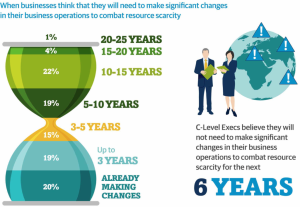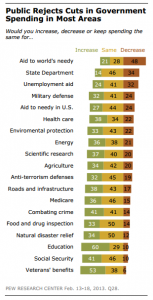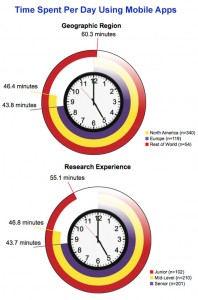That’s not how polling works
I was struck by the Herald headline this morning “Gay marriage fans on top in objector’s poll”, which goes on to say
The Family First lobby group has published a poll which finally concedes what all other polls in the past year have shown – that more New Zealanders now support gay marriage than oppose it.
The poll of 1000 people by blogger David Farrar’s Curia Research has found 47 per cent think same-sex couples should be allowed to marry, against 43 per cent who think “civil unions are sufficient for same-sex couples”.
“Objector’s”, in the singular, would appear to refer to David Farrar, but as you would expect from the rest of his political beliefs, he’s firmly on the record as supporting marriage equality. Assuming the apostrophe belongs after the “s”, meaning Family First, it still shouldn’t be relevant to the sampling that the poll was funded by them, though it might be surprising that they published the results (Curia also published the full results; I don’t know if they needed Family First’s permission to do so).
The level of support is still a bit lower than in some other polls. I’d guess that’s because of the phrasing of the question,
In 2004, Parliament legislated to allow same sex couples to register a civil union, amending over 150 pieces of legislation to give legal rights and recognition to same-sex couples. Do you think Parliament should change the definition of marriage to allow same-sex couples to marry, or do you think civil unions are sufficient for same sex couples?
compared to the Colmar Brunton question
Question: In New Zealand same-sex couples can enter into a Civil Union, but they are not able to get married. Do you think same-sex couples should be able to get married?



